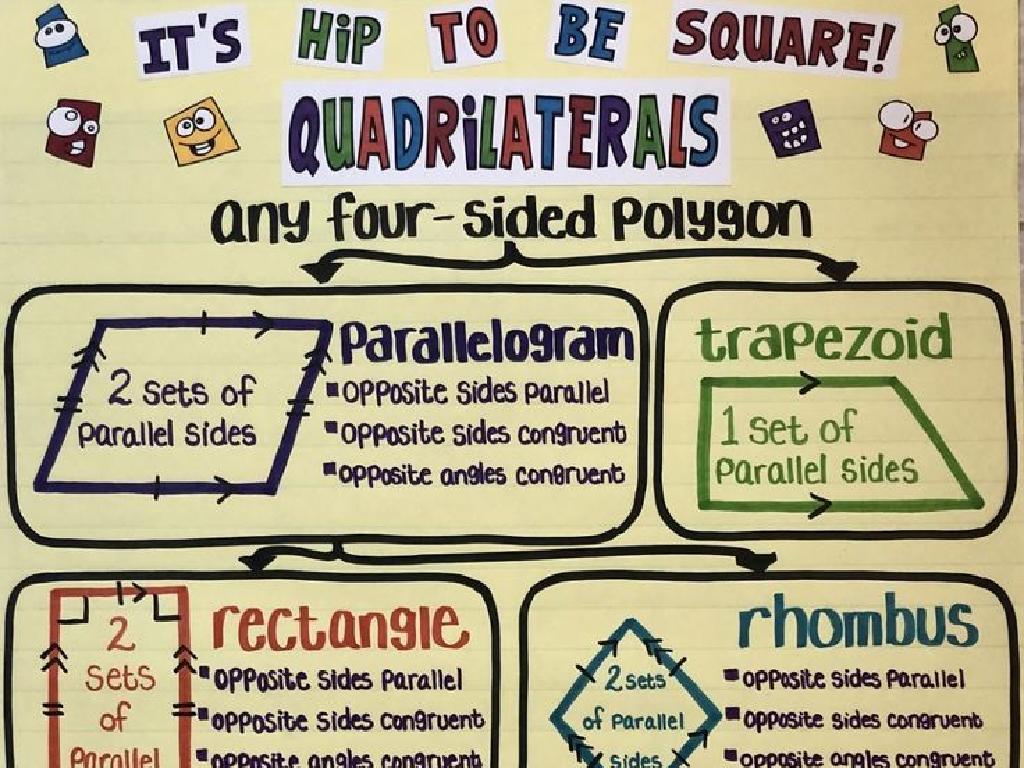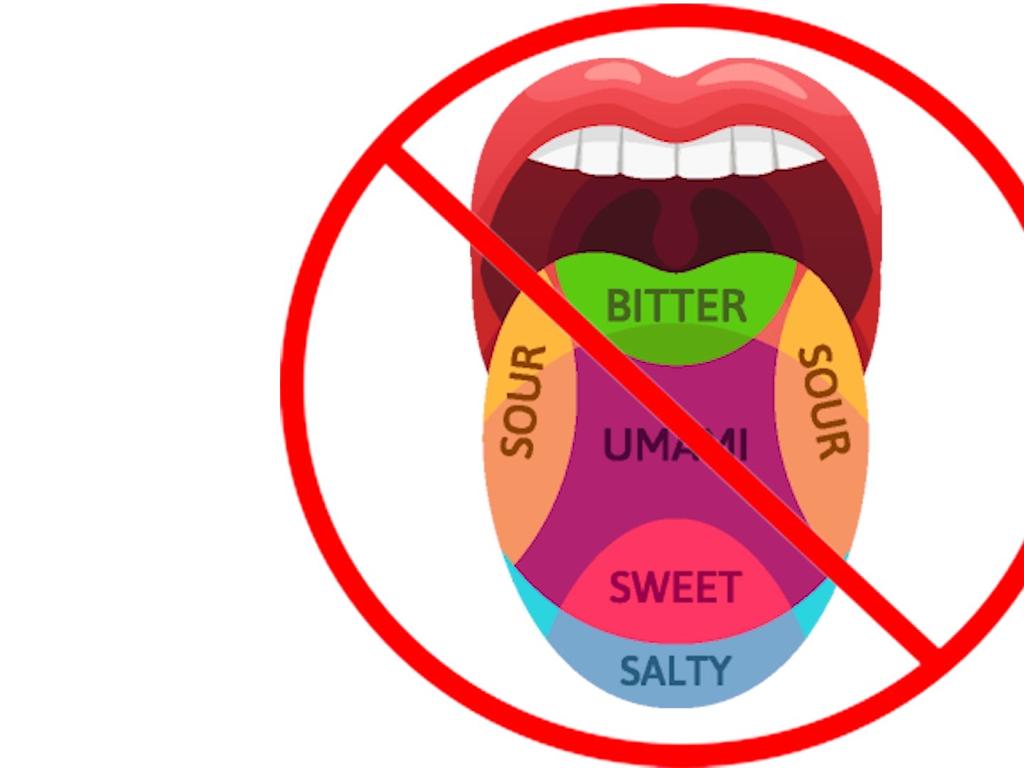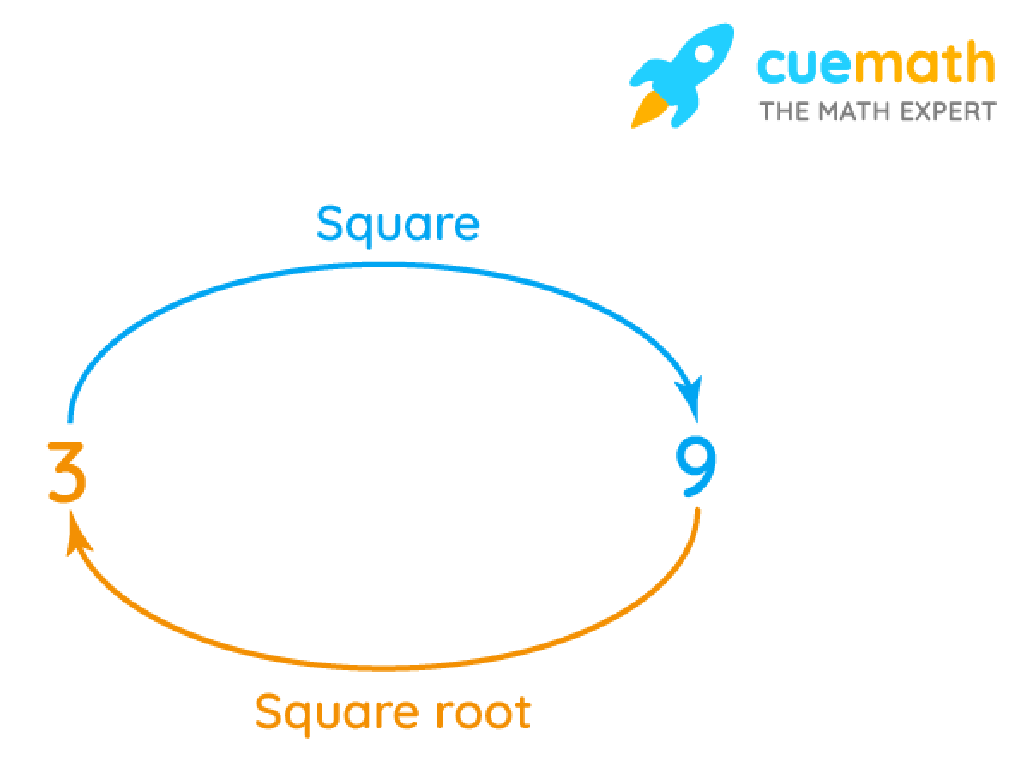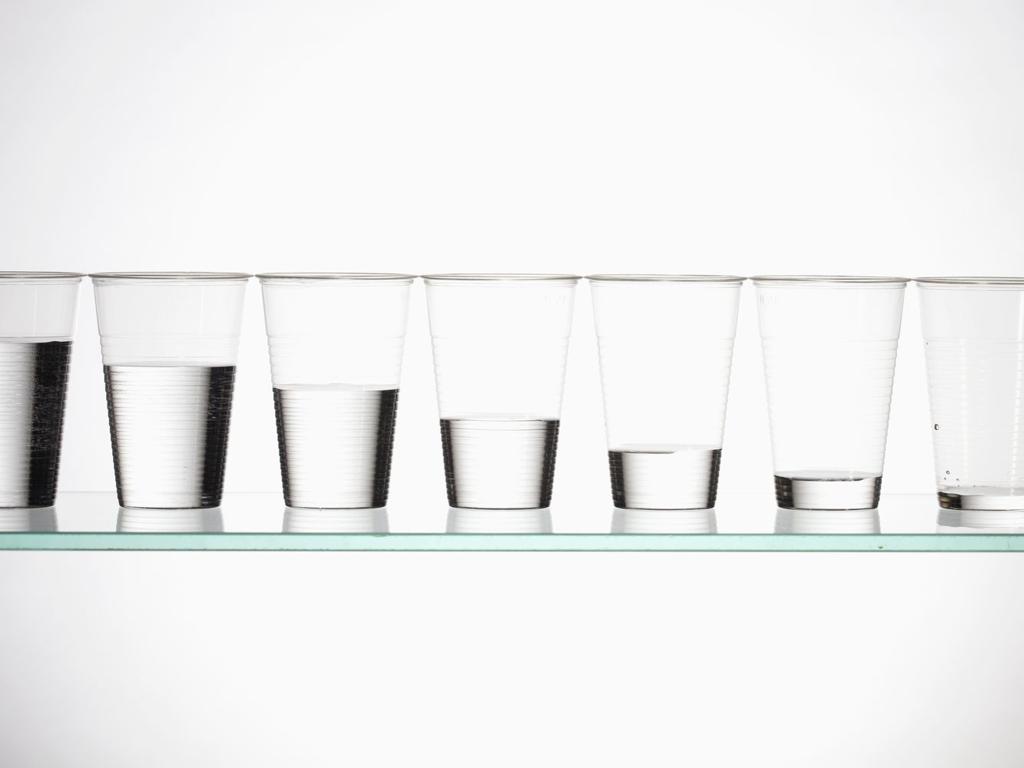Name The Shape
Subject: Math
Grade: Pre-k
Topic: Flat Shapes
Please LOG IN to download the presentation. Access is available to registered users only.
View More Content
Welcome to Flat Shapes!
– Greet our little explorers
– Today’s adventure: a shape hunt
– We’ll search for shapes in the classroom and beyond
– Learn about flat shapes
– Flat shapes like circles, squares, and triangles
– Discover shapes in our world
– Look around to find shapes in everyday objects
|
This slide is designed to excite the children about discovering shapes in the world around them. Start with a warm greeting to make the children feel comfortable and engaged. Explain that they will be going on a ‘shape hunt,’ which will help them identify and name flat shapes they see every day. Introduce basic flat shapes such as circles, squares, and triangles, and encourage the children to think about where they might have seen these shapes before. The goal is to create a sense of adventure and curiosity about geometry in their environment. As a teacher, prepare to guide them through the classroom or play area to point out and name the shapes they find.
Exploring Flat Shapes
– What are flat shapes?
– Shapes that can be drawn on paper without any sides sticking out.
– Flat shapes are 2D
– They have length and width but no height.
– Examples: Square, Circle, Triangle
– A square has 4 equal sides, a circle is round, a triangle has 3 sides.
– Flat shapes can lay on paper
|
This slide introduces Pre-K students to the concept of flat shapes, which are two-dimensional. These shapes are defined by having length and width but no height, making them easy to draw or trace on paper. Use simple language to explain that these shapes are all around them, in books, on signs, and in their toys. Provide physical examples of each shape if possible, and encourage students to touch and interact with them. This tactile experience helps reinforce the concept of flatness. During the presentation, you can show images of each shape and relate them to everyday objects, like a square window, a circular clock, and a triangular slice of pizza.
Circle: The Round Shape
– A circle is perfectly round
– Like a ball or a coin
– Circles have no corners or sides
– Find circle shapes around you
– Look around the room for round objects
– Circles are everywhere!
– Plates, clocks, and buttons are circles
|
This slide introduces the concept of a circle to Pre-K students. Start by explaining that a circle is a shape that is round and looks like many objects they see every day, such as balls and coins. Emphasize that unlike squares or triangles, circles do not have corners or sides. Encourage the children to look around the classroom or at home to find objects that are shaped like a circle. This activity helps them to connect the shape with real-world objects, reinforcing their understanding. Possible classroom activities include a circle hunt where students find and point out circular objects, drawing circles in the air with their fingers, or tracing circles on paper.
Learning About Triangles
– A triangle has three sides
– Sides are straight and connect at corners
– It has three corners
– Corners are also called ‘vertices’
– Make a triangle with fingers
– We can use our hands to form a triangle shape
|
This slide introduces the basic concept of a triangle to Pre-K students. Emphasize that a triangle is a flat shape with three straight sides that meet at three corners. Use visual aids to show different triangles. Encourage the children to use their fingers to make a triangle shape, which helps in understanding the concept of corners and sides through a tactile experience. Prepare to demonstrate how to form a triangle with fingers and guide the students as they try it themselves. This activity will make the learning process interactive and fun, aiding in the retention of the concept.
Learning About Squares
– A square has four equal sides
– Each side is the same length
– It resembles a box shape
– Think of a checkerboard or a windowpane
– Pretend to draw squares in the air
– Use your finger to trace a square
– Practice recognizing squares
|
This slide introduces the concept of a square to Pre-K students. Emphasize that all four sides of a square are the same length, which makes it special. Show them everyday objects that are square-shaped to help them recognize the shape in their environment. Encourage the children to use their imagination and fine motor skills by pretending to draw squares in the air with their fingers. This kinesthetic activity will help them remember the shape. As an extension, you can have the students practice drawing squares on paper or identifying square objects in the classroom.
Learning Shapes: The Rectangle
– A rectangle is a stretched square
– Imagine a square that’s been pulled from two opposite sides
– It has two long and two short sides
– The longer sides are the same length, and the shorter sides are the same too
– Make a rectangle with arms and legs
– Stand up and stretch your arms and legs out to make your body like a rectangle
|
This slide introduces the rectangle to Pre-K students by relating it to a shape they are already familiar with: the square. Emphasize that while a square has all sides the same length, a rectangle has two pairs of equal sides, with one pair longer than the other. Encourage the children to physically make rectangles with their arms and legs to help them remember the shape. This kinesthetic activity will make the learning experience fun and memorable. You can also bring in real-life examples of rectangles, like books and doors, to help them identify rectangles in their environment.
Shape Review: Our Favorite Shapes
– Review: Circle, Triangle, Square, Rectangle
– Identify each shape
– Look for round edges, 3 corners, 4 equal sides, 4 corners but 2 long sides
– Choose your favorite shape
– Share why it’s your favorite
– Is it because of the way it looks or something fun you can do with it?
|
This slide is aimed at reinforcing the recognition of basic flat shapes that the students have learned. Encourage the children to identify each shape by its defining characteristics, such as the number of sides or corners. Ask them to pick their favorite shape and articulate why they prefer it, which can be based on visual appeal or an association with an object they like. This activity not only helps with shape recognition but also with expressing preferences and reasoning. For the next class, plan interactive activities like shape hunts or crafting with shapes to further solidify their understanding.
Shape Hunt Activity
– Let’s search for shapes in class!
– Match objects to learned shapes
– Find a circle, square, triangle, etc.
– Ready, set, go on a shape hunt!
– Share your shape finds with friends
– Show and tell about the shapes you find
|
This slide introduces a fun and interactive ‘Shape Hunt’ activity for Pre-K students to reinforce their understanding of flat shapes. The teacher will guide the students to look around the classroom and find objects that match the shapes they have learned, such as circles, squares, triangles, rectangles, and more. This activity encourages movement, observation, and critical thinking as students determine which objects correspond to specific shapes. After the hunt, students will have the opportunity to share their findings with the class, fostering communication skills and peer learning. The teacher should prepare by ensuring there are ample shape examples in the classroom and consider having shape cards or pictures for reference during the activity.
Shape Hunters: Great Job!
– Celebrate your shape discovery
– Review of flat shapes learned
– Circles, squares, triangles, and rectangles
– Shapes are all around us
– Can you find shapes in the room?
– Keep finding shapes every day
|
This slide is a conclusion to the ‘Name the Shape’ lesson for Pre-K students. It’s designed to celebrate the children’s achievements in learning about flat shapes and to encourage them to continue observing shapes in their environment. Reinforce the names of the shapes they’ve learned, such as circles, squares, triangles, and rectangles, and remind them to keep looking for these shapes at home, in the classroom, and outdoors. Encourage them to share the shapes they find with their friends or family, reinforcing their understanding and making it a fun, ongoing activity.






